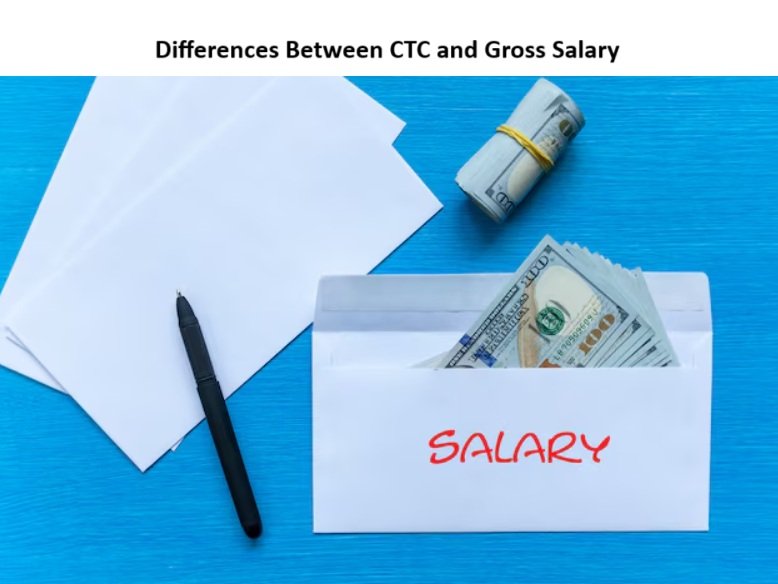Recognising the Distinctions Between Short Selling and Naked Short Selling
What Is Short Selling?
Investors use short selling as a trading technique to profit from the expected drop in the price of a stock or other asset. In this technique, they borrow shares of an asset and sell them at the current market price. To secure a profit, the investor intends to repurchase the same shares later, when the price has decreased. The investor must precisely identify a stock with a negative price trend. This strategy carries considerable risks.
How Does Short Selling Work?
A margin account is necessary for short selling, as it enables investors to borrow money from a broker to complete the transaction. Investors can start short trades without holding the underlying asset by using borrowed shares as leverage. However, to offset any potential losses while the short position is active, traders must have a certain amount of equity in their margin accounts. The danger in this method lies in the potentially endless losses if the security’s price rises rather than falls.
The Role of Short Selling in Financial Markets
Short selling plays a crucial role in financial markets, especially as it creates liquidity. It promotes market efficiency by enabling investors to express their opinions on the overvaluation of certain equities. However, a regulatory framework exists to prevent market manipulation and ensure fair trading conditions. Regulations include restrictions on short sells during times of high volatility and reporting requirements. Investors hoping to manage the intricacies of short selling must understand its subtleties to incorporate it successfully into their trading methods.
What Is It Naked Short Selling?
Selling shares of a company that the seller has not yet borrowed or guaranteed the capacity to borrow. This method avoids a crucial step compared to traditional short selling, where investors borrow shares before selling them, expecting a price drop. Investors run the risk of incurring limitless losses because they may be forced to buy shares at a much higher price without having borrowed them in the first place.
Regulatory Concerns Around Naked Short Selling
Due to its consequences for market integrity, naked short selling has drawn significant attention and criticism. Many regulatory systems worldwide have addressed the dangers of naked short selling. For instance, the Securities and Exchange Commission (SEC) in the US has implemented rules to prohibit this practice to safeguard investors and maintain stable markets. Other countries have similar laws, though each country may take a different stance on naked short selling. While some jurisdictions still prohibit it completely, others allow it with some restrictions.
Ethical Concerns and Market Impact of Naked Short Selling
The ethical issues surrounding naked short selling highlight the obvious distinctions from conventional short selling. Critics argue that naked short sellers may manipulate stock prices, increasing market volatility and causing financial instability for investors and businesses. Notable examples, like the Overstock.com case in the early 2000s, demonstrate the negative consequences of naked short selling. The case resulted in notable stock price fluctuations and raised concerns about market transparency.
Important Distinctions Between Short Selling and Naked Short Selling
In the financial industry, short selling is a widespread practice where investors borrow shares of a company and sell them, hoping to repurchase them at a lower price. Naked short selling, however, involves the sale of shares that have not been borrowed and often results in intense regulatory scrutiny. The borrowing restrictions form one of the most significant differences between the two techniques. Conventional short selling ensures that the transaction is legal and complies with market norms by requiring investors to borrow shares from another party. In contrast, there is no commitment to borrow shares in naked short selling, which raises both moral and legal concerns.
Risk Profiles of Short Selling vs Naked Short Selling
There are notable differences in the risk profiles of both techniques. Traditional short selling carries the risk of infinite losses if the stock price rises. Naked short selling increases these risks, as it could worsen price drops in the underlying stock, jeopardising market stability. Additionally, failure deliveries resulting from the lack of financing in naked short selling might complicate the transaction process and potentially result in serious legal consequences.
Regulatory Monitoring and Market Integrity
Regulatory monitoring plays a key role in differentiating between these two strategies. Naked short selling often faces more limitations because of its potential to manipulate the market. Regulatory organisations enforce strict regulations on short selling to protect market integrity. The moral dilemmas surrounding naked short selling raise concerns about the fairness of investor interests and market processes.
Naked Short Selling’s Consequences in the Current Market
Due to its potential effects on investor confidence and market integrity, naked short selling has raised serious concerns in today’s financial markets. Recent patterns show that interest in this trading activity is on the rise again, primarily due to technological advances that enable quicker and more aggressive trading tactics. As internet trading platforms expand, investors can easily participate in naked short selling. This has attracted increased attention from authorities, who are concerned about possible abuses resulting from these activities.
How Technology Has Influenced Naked Short Selling
Technology has influenced the development of naked short selling in two ways. On one hand, it facilitates increased liquidity and accessibility, as traders can complete multiple transactions quickly using advanced algorithms. On the other hand, this technology may exacerbate systemic risks.It has the potential to cause significant stock price distortions if monitoring is inadequate, especially when market volatility is high. This dynamic puts market stability at risk and has broader implications for investor confidence.
Regulatory Responses to Naked Short Selling
Regulators have attempted to impose stricter policies and procedures to mitigate the risks of naked short selling. These efforts have included stricter reporting guidelines and transparency initiatives to ensure that investors are fully aware of the risks. Exchanges have also begun looking at ways to prevent potential misuse, such as making it harder to borrow stocks before selling them short.
Investor Responsibility in Short Selling
Investors considering short selling should handle these tactics responsibly. Staying informed about market developments and regulatory changes can help investors make more informed decisions. Additionally, they should remain cautious of extreme claims related to naked short selling, as manipulation could be involved. Ultimately, promoting a disciplined trading style can help create a more stable market environment for all participants.



